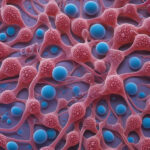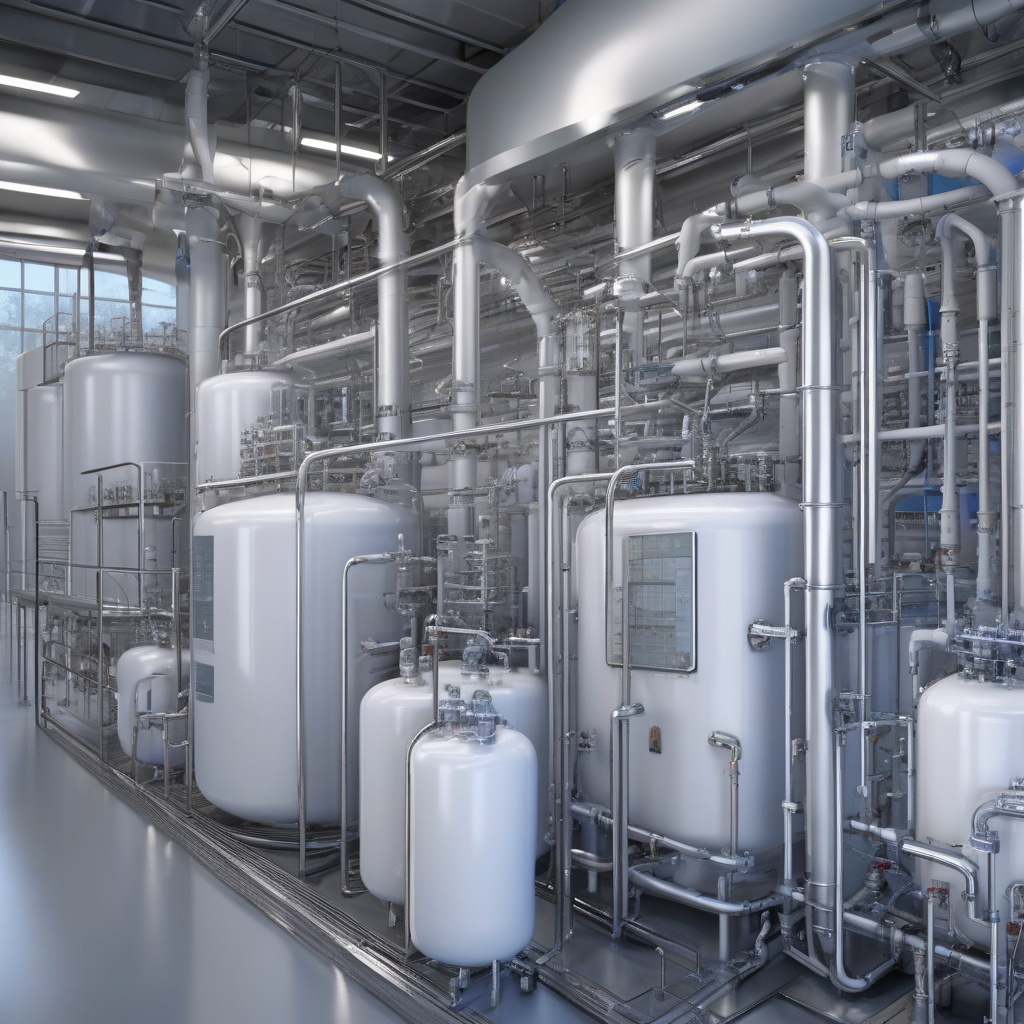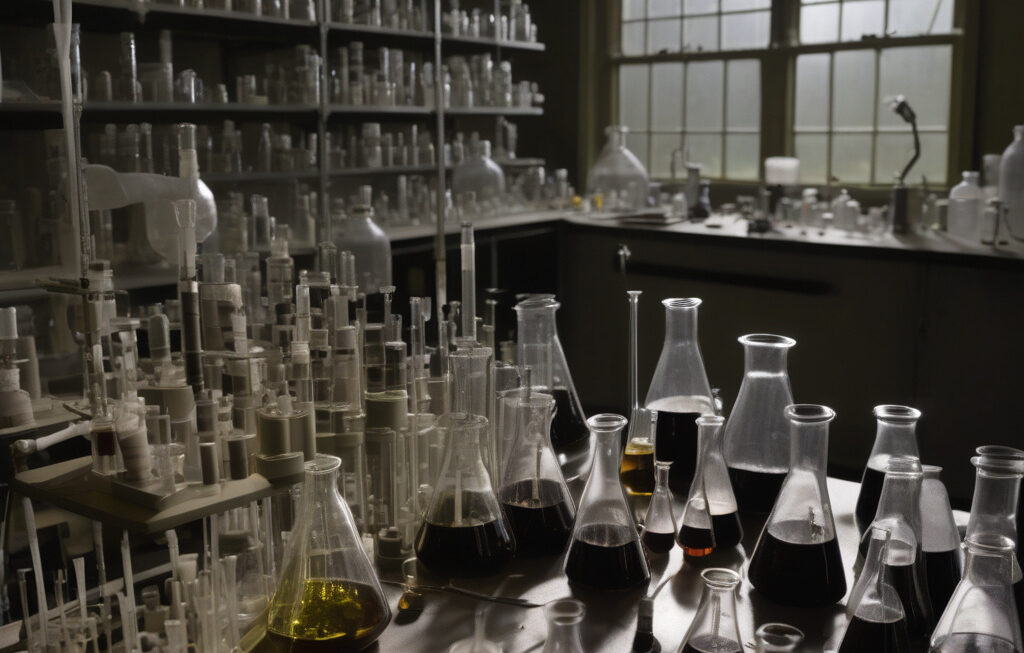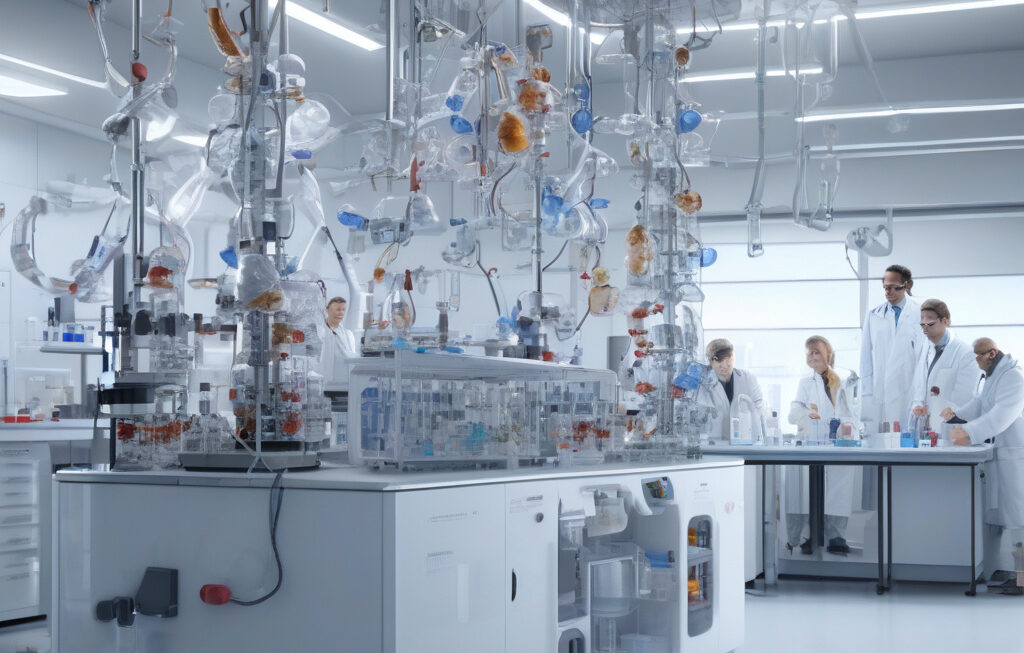The final frontier: Removing ultra-short and short-chain PFAS from complex water streams
Per- and polyfluoroalkyl substances (PFAS) have long been a concern due to their persistence in the environment and potential health risks. Among the various types of PFAS, ultra-short and short-chain compounds pose a particular challenge when it comes to water treatment. Traditional methods often struggle to effectively remove these contaminants from complex water streams. However, a groundbreaking solution has emerged in the form of surfactant-ligand assisted membrane filtration (SAMF) developed by SELPAXT.
SELPAXT’s innovative SAMF technology represents a significant advancement in the treatment of ultra-short and short-chain PFAS. By harnessing the power of surfactants and ligands, this membrane filtration system offers a highly efficient and selective approach to removing these challenging contaminants from water sources. The key lies in the unique properties of the surfactant-ligand complex, which enhances the membrane’s ability to adsorb and filter out ultra-short and short-chain PFAS molecules.
Unlike conventional filtration methods, SAMF provides a tailored solution that specifically targets these problematic compounds, ensuring thorough removal without compromising the overall efficiency of the treatment process. This level of precision is essential when dealing with complex water streams that contain a mixture of contaminants, where selective removal is paramount.
One of the primary advantages of SELPAXT’s SAMF technology is its adaptability to different water treatment scenarios. Whether it’s industrial wastewater, groundwater, or drinking water sources, this innovative filtration system can be customized to meet specific requirements and deliver optimal results. This versatility makes it a valuable tool for a wide range of applications where ultra-short and short-chain PFAS removal is a priority.
In addition to its effectiveness, SAMF also stands out for its sustainability and cost-efficiency. By minimizing waste and energy consumption, this technology offers a more environmentally friendly alternative to traditional treatment methods. Furthermore, its long-term benefits in terms of operational savings and resource optimization make it a sound investment for industries and municipalities looking to enhance their water treatment infrastructure.
The importance of addressing ultra-short and short-chain PFAS in water streams cannot be overstated. These compounds have been linked to various health issues, making their removal a critical step in safeguarding public health and the environment. With SELPAXT’s SAMF technology leading the way, the prospect of achieving comprehensive PFAS treatment is no longer a distant goal but a tangible reality.
In conclusion, the emergence of surfactant-ligand assisted membrane filtration represents a significant breakthrough in the ongoing battle against ultra-short and short-chain PFAS contamination. By offering a targeted, efficient, and sustainable solution, this innovative technology is paving the way for a cleaner, safer water future.
#PFAS, #WaterTreatment, #Innovation, #SELPAXT, #SAMF.











